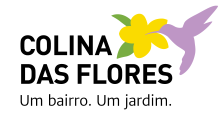Companies have invested substantial resources in digital intellectual property whether it is exclusive algorithms, groundbreaking software or revolutionary designs. The goal is to protect these important assets from theft, unauthorized distribution, or reverse engineering. This requires balancing encouraging innovation and driving expansion of the business while restricting access to confidential information that aids in regulatory compliance.
Access to confidential information is controlled. This ensures that only authorized people have access to the necessary information to perform their jobs and minimizes the risk of sensitive information being disclosed. It is also essential for maintaining compliance with regulatory requirements and creating trust among customers and partners.
Access control allows administrators to control who is able to access what data on a more granular level, ensuring users only receive the necessary permissions to perform their duties. This approach reduces the likelihood of unauthorized actions and promotes the principle of least privilege. It also helps prevent costly data breach which could harm the reputation of a company and result in financial losses, regulatory fines and a loss of trust among customers.
The best method to stop unauthorised my website access is to establish an authentication process that uses a combination of user IDs and passwords, as well as biometrics. This will give you a high level of confidence that the person accessing your data is who they claim to be. A centralized management tool will also help detect any suspicious activity. It checks access to the system and can identify any unusual behavior. Additionally, limiting access to networks through technologies such as private Virtual Local Area Networks or firewall filtering can stop attackers from moving lateraly and potentially compromising neighboring system.
